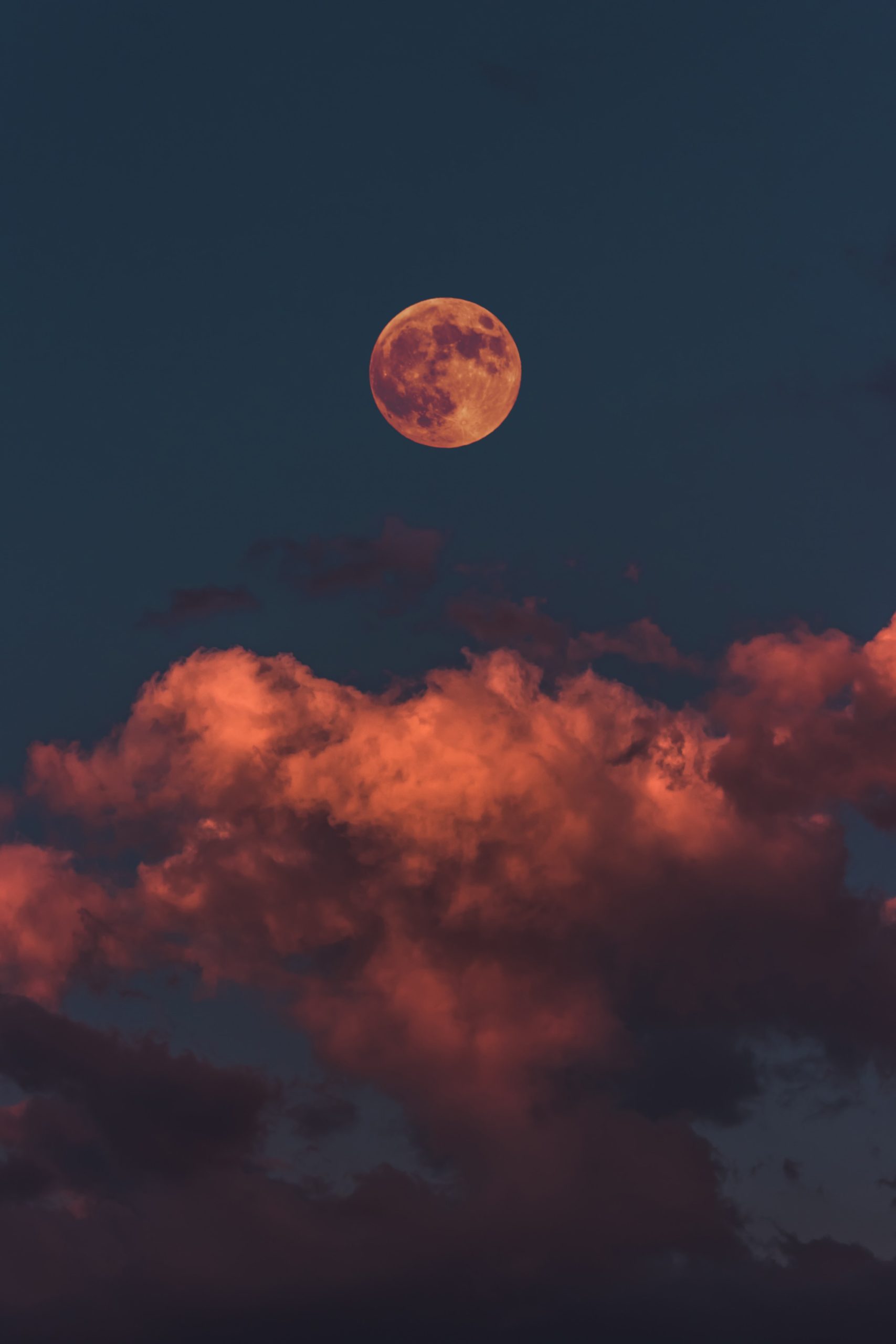Moon Cycle Explained: Understanding the Phases of the Moon
Have you ever looked up at the night sky and marveled at the beauty of the moon? The moon has been a source of fascination for humans throughout history, inspiring art, literature, and even scientific discoveries. One fascinating aspect of the moon is its cycle of phases, which repeat approximately every 29.5 days. In this article, we will delve into the intricacies of the moon cycle and unravel the mysteries behind each phase.
The Phases of the Moon
The moon goes through eight distinct phases during its 29.5-day cycle. These phases are:
- New Moon
- Waxing Crescent
- First Quarter
- Waxing Gibbous
- Full Moon
- Waning Gibbous
- Last Quarter
- Waning Crescent
To understand these phases better, let’s take a closer look at each one:
New Moon
The new moon phase occurs when the moon is positioned between the Earth and the sun. During this phase, the side of the moon that faces Earth is not illuminated, making it appear completely dark from our perspective on Earth. The new moon is not visible to the naked eye, and the sky appears dark.
Waxing Crescent
After the new moon phase, a small sliver of the moon becomes visible. This is known as the waxing crescent phase. During this phase, the illuminated portion of the moon gradually increases, but it is still less than half. The waxing crescent moon is visible shortly after sunset in the western sky.
First Quarter
As the moon continues to orbit around the Earth, the first quarter phase is reached. During this phase, half of the moon is illuminated, and it appears as a semicircle. The first quarter moon is visible in the evening sky, and it is often called a half moon.
Waxing Gibbous
Following the first quarter phase, the waxing gibbous phase occurs. During this phase, more than half of the moon is illuminated, but it is not yet a full moon. The waxing gibbous moon is visible during the late afternoon and early evening hours.
Full Moon
The full moon phase is perhaps the most well-known and captivating phase of the moon. It occurs when the Earth, moon, and sun are aligned in such a way that the entire illuminated side of the moon is visible from Earth. The full moon is a breathtaking sight and is visible throughout the night, rising in the east as the sun sets in the west. Interestingly, the full moon is often associated with various cultural beliefs and superstitions.
Waning Gibbous
After the full moon phase, the moon starts to wane. The waning gibbous phase occurs when more than half of the moon’s surface is still illuminated, but it is gradually decreasing. The waning gibbous moon is visible during the late night and early morning hours.
Last Quarter
As the moon continues its orbit, the last quarter phase is reached. During this phase, half of the moon is illuminated, just like in the first quarter phase. However, this time, the opposite side of the moon is illuminated. The last quarter moon is visible in the morning sky and is often referred to as a half moon.
Waning Crescent
The final phase of the moon cycle is the waning crescent phase. During this phase, only a small sliver of the moon is illuminated, similar to the waxing crescent phase. The waning crescent moon becomes visible shortly before sunrise in the eastern sky.
The Science Behind the Moon Cycle
The moon cycle is the result of the moon’s orbit around the Earth and the changing angles between the Earth, moon, and sun. The moon does not emit its light but rather reflects the sun’s light, resulting in the different phases we observe from Earth.
As the moon orbits the Earth, the angle between the Earth, moon, and sun changes, causing the illuminated portion of the moon visible from Earth to wax and wane. The moon’s cycle repeats approximately every 29.5 days, which is known as a synodic month or lunar month.
During the new moon phase, the moon is positioned in such a way that the side that is illuminated faces away from Earth. As the moon progresses in its orbit, we start seeing a small crescent of illuminated moon gradually increasing until it reaches the first quarter phase. The illuminated portion of the moon continues to increase until it reaches the full moon phase, where the entire side facing Earth is illuminated.
After the full moon, the moon starts to wane, and the illuminated portion gradually decreases until it reaches the last quarter phase. Finally, the waning crescent phase occurs, and the illuminated portion becomes a small sliver before the cycle begins again with the new moon phase.
Significance of the Moon Cycle
The moon cycle has held significant cultural, religious, and practical importance throughout history. For example, in many cultures, the moon’s phases were used to mark the passage of time and determine important events such as agricultural activities, religious ceremonies, and festive celebrations.
Additionally, the moon’s gravitational pull influences the ocean tides, affecting marine life and coastal ecosystems. The moon’s cycle and its impact on tides have also been essential for navigation and fishing.
Conclusion
The moon cycle, with its mesmerizing phases, has captured our imagination for centuries. Understanding the science behind this celestial phenomenon allows us to appreciate the beauty of the moon and its impact on our world. From the darkness of the new moon to the brilliance of the full moon, the moon cycle reminds us of the wonders of the universe and our place in it.
Next time you gaze up at the night sky and spot the moon, take a moment to reflect on the awe-inspiring journey it embarks on every 29.5 days—constantly waxing and waning, just like the ebb and flow of life itself.
Table of Contents
